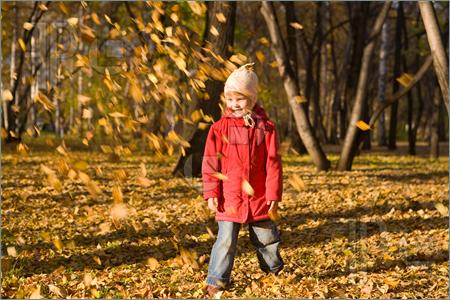From Ecclesiasticus:
He has placed before you fire and water;
stretch out your hand for whichever you choose.
Before each person are life and death,
and whichever one chooses will be given.
(From the Daily Office Lectionary – Sirach 15:16-17 (NRSV) – October 25, 2014)
Fire and water. Life and death. Which is which? Initially, I thought fire was the death symbol, destructive and dangerous, and water, life-giving water, the emblem of life. But last night I watched a crime drama on television in which two people were murdered by drowning, showing water to be the element of death and destruction. So which is which? And how do we know which to choose?
Yesterday, I stood with a small family in an old cemetery and prayed over a casket of ashes. It was a lovely, sunny day, the sort of bright autumn day when you watch children flying kites and forget that the icy cold of winter is soon to come. One of those present was a young girl of 10; she spent the time waiting for the interment to begin by gathering brightly colored leaves and tossing armfuls of them into the air to dance on the breeze. It was a day on which the choice of life or death was not easily seen, a day on which death and life intermingled into the reality that is human existence.
As much as I like the writings of Jesus, Son of Sirach, and I certainly applaud his insistence on human freedom of choice and human responsibility, there are times when his wisdom is too cut-and-dried, too black-and-white, too this-or-that. The truth is there is no choice to be made between fire and water, or between life and death. They are realities to be embraced; subjects of knowledge and understanding to be sought.
Fire and water are two of the four classical Empedoclean and Hermetic elements – earth, air, fire, water – from which all things are made according to the ancients. All are necessary, no choice between them is required. The choice that lies before humankind is whether to understand them or not, whether to harness and husband them in productive ways or to misuse them in harmful ways. I suppose there is some sort of choice to be made between life and death, but it isn’t so simple as Ben Sira makes it seem, for every choice entails some of both because (contrary to the implication of these verses) they are not opposites; they are complements.
The beauty of the Christian faith is in its acceptance of death not as a negation of life but as part of it. One of my favorite pieces of liturgy is from the proper preface to the burial mass: “For to your faithful people, O Lord, life is changed, not ended; and when our mortal body lies in death, there is prepared for us a dwelling place eternal in the heavens.”
There are choices set before us, but very often what we must do is find a way to choose both of the so-called alternatives, to stand in a grave yard on a bright sunny day and commit ashes to the earth while children fly their kites and play with the autumn leaves dancing in the air.

====================
A request to my readers: I’m trying to build the readership of this blog and I’d very much appreciate your help in doing so. If you find something here that is of value, please share it with others. If you are on Facebook, “like” the posts on your page so others can see them. If you are following me on Twitter, please “retweet” the notices of these meditations. If you have a blog of your own, please include mine in your links (a favor I will gladly reciprocate). Many thanks!
====================
Father Funston is the rector of St. Paul’s Episcopal Church, Medina, Ohio.



Leave a Reply